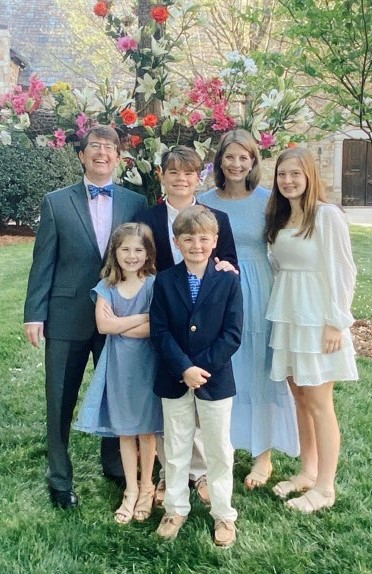In a decision filed December 21, 2016, the South Carolina Supreme Court reinstated the dismissal of a cocaine trafficking case because officers failed to get a warrant to search an area behind a home. The case is called State v. Walter Bash. While the 14-page opinion covers other topics involved in government searches of private property, it initially focuses on the location of the suspects and drug evidence.
The case highlights the starting point for whether many searches are constitutional: location, location, location.
Facts of the Case
The Berkley County Sheriff’s Office Drug Enforcement Unit got an anonymous call about drug activity at a home near Moncks Corner. Officers drove over.
As they saw the home, they noticed some men behind it in a grassy area. To get there, officers turned onto a public dirt road on the side of the property. There, they saw several men standing by a little shed just outside a fence surrounding the home. A pickup truck had pulled in there. Officers pulled onto the property, about 20 feet where the men stood.
As officers got out to talk to the men, one threw down what looked like cocaine. Another ran from the passenger side of the truck into nearby woods. Officers chased him, while another stayed with the rest.
Bash got out of the driver’s side of the truck. An officer looked through the truck window and saw cocaine weighing scales and cocaine base.
Bash got charged with trafficking cocaine, two counts. He faced decades in prison.
Before trial, he moved to exclude the drug evidence, arguing police violated the United Sates Constitution’s Fourth Amendment by entering the “curtilage” of the home without a warrant. The judge agreed. Keeping the drugs out of the trial effectively dismissed the charges, since South Carolina requires proof of the drugs for most drug convictions.
The State appealed. The Court of Appeals overturned the ruling. The Supreme Court took the appeal and reinstated the trial judge’s ruling.
Here’s why location played a vital role in the decision.
What Is the “Curtilage” Anyway?
“Curtilage” is part of a home, meaning it is constitutionally protected private property where officers must usually get a warrant before searching. As with many things in the law, there are exceptions.
To be more specific, you can consider “curtilage” a fancy legal term for “backyard.” It includes outbuildings (like sheds), the yard around a home, and other items. In deciding whether an area is a home’s curtilage, a judge’s primary focus is whether the area is used for activities associated with home life and the privacy of a home, so a person can reasonably expect the area to remain private. It’s the reasonable expectation of privacy that triggers the Fourth Amendment requirement for a warrant in most cases.
Why it’s important. The short answer is, if you’re charged with a drug crime based on a warrantless search of the area around a home, it may be the only way out of a sure conviction, which you’ll definitely need a skilled criminal defense lawyer to help you avoid.
And note I said “a” home. That doesn’t always mean “your home.” You don’t necessarily have to own the home to claim the constitutional protection of it.
How It Worked for Bash
The Supreme Court found evidence supported the trial judge’s decision the grassy area was in the curtilage of the home, requiring officers to get a warrant before searching. Since they didn’t, the drugs were inadmissible. It addressed several factors supporting the decision:
- Officers actually described the grassy area as the backyard. That alone makes it hard to understand how the decision got overturned in the first place.
- The area included several items the Supreme Court described as showing activity closely associated with home use: a grill, the shed, and a clothesline.
- The grassy area sat just a few feet from a fence around the home.
- The surroundings indicated privacy—the road officers took reached just a few homes, dead ending on the grassy area. Trees partially blocked sight from the road to the grassy area.
The Supreme Court largely based its decision on the fact the grassy area was connected to the home and largely concealed from public view. It even forgave the trial judge for seemingly sidestepping precedent by not basing her decision on a 1987 United States Supreme Court case called U.S. v. Dunn. While the South Carolina Supreme Court agreed the trial judge did not specifically consider the Dunn factors, it concluded she “properly focused on the ‘centrally relevant consideration’ the Supreme Court identified in Dunn”: whether the area was closely tied to the home.
It Was Part of the Home, But He Wasn’t Home Free Yet
This was a setback for the prosecution, but the State put up an inspired attempt to secure Bash’s conviction. Believe it or not, when the State lost the curtilage battle, they continued the war by insisting no “search” actually occurred.
|
RELATED LINKS: |


